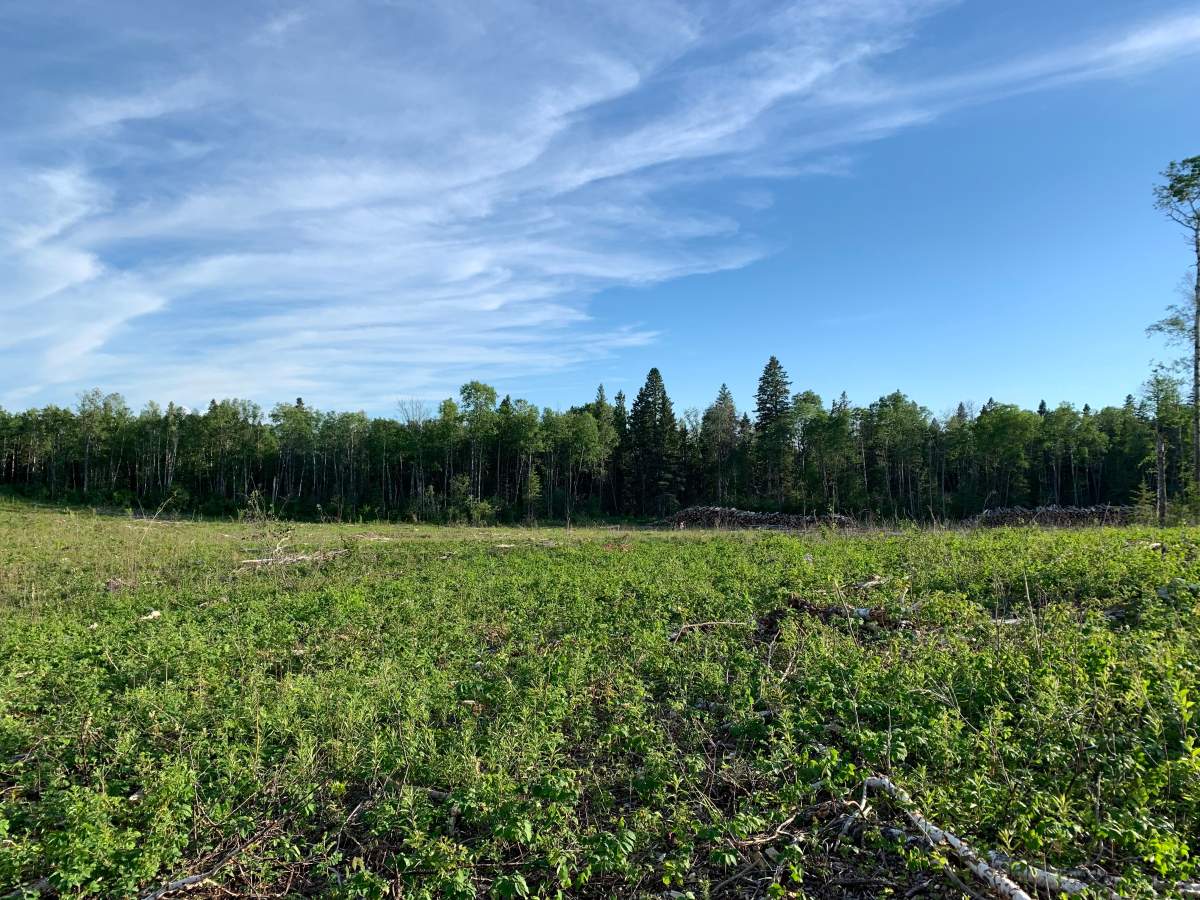The Government of Saskatchewan has proclaimed September 18 to 24 National Forest Week with the theme, Canada’s Forests: Solutions for a Changing Climate.

The week is meant to highlight the impact Saskatchewan forests have on the environment and economy of the province and across the world.
“Forestry has, and continues to be, a crucial sector for our province,” energy and resources minister Jim Reiter said. “As a significant employer in the north and contributor to keeping our economy strong, we will continue to promote Saskatchewan as the best place in Canada to sustainably develop our natural resources, including our forest sector.”
More than 50 per cent of Saskatchewan is covered in forests. In 2021, the province’s forest products sales exceeded $1.8 billion, a record for the province. More than 60 per cent of forest products were exported globally.
Throughout the week, the Provincial Capital Commission (PCC) will host a series of events to educate people about forestry at the Wascana Centre and Government House in Regina.

Get breaking National news
“The PCC is home to a rich ecosystem of exotic trees, plant species, wildlife and food sources for animals and provides a rich history of horticulture and forestry in Canada,” Don McMorris, the minister responsible for the provincial capital commission said.
- As Donald Trump burns longstanding alliances, Canada thinks the unthinkable
- ‘That’s our territory,’ Trump says as he vows again to acquire Greenland
- Ontario-based GFL jobs safe, Ford says, as company moves executive HQ stateside
- NATO faces ‘test’ on Arctic security, Carney and Rutte say in Davos meeting
“In recognition of Canada’s forest heritage, 60 new trees will be planted at Wascana Centre, including fruit and other tree varieties. In 2022, an estimated 250 trees and shrubs will be planted throughout Wascana Centre and the grounds of Government House. New trees will diversify the ecosystem and attract more pollinators such as bees,” the PCC said in a press release.
In 2021 approximately $900 million of new investments were announced, including $400 million to reopen the Prince Albert pulp mill, $250 million for a new oriented strand board (OSB) mill in Prince Albert, and a $100 million expansion of the sawmill in Carrot River.
“These investments are part of the province’s ambitious growth plan to boost sales to $2.2 billion and exports to $1.2 billion annually by 2030, as well as increase forest sector employment by 50 per cent to nearly 12,000 direct and indirect jobs,” the province said in a news release.
Indigenous people make up 27 per cent of the total forestry workforce in Saskatchewan, with many Indigenous-owned forestry businesses from sawmills and timber harvesting operations to road construction, trucking, and reforestation companies.
For example, NorSask Forest Products’ sawmill located in Saskatchewan is the largest sawmill in Canada that is wholly-owned by First Nations.
“Ensuring sustainability and regrowth of our forests remain at the forefront of our efforts as forestry continues to be the economic backbone of the north,” environment minister Dana Skoropad said.









Comments